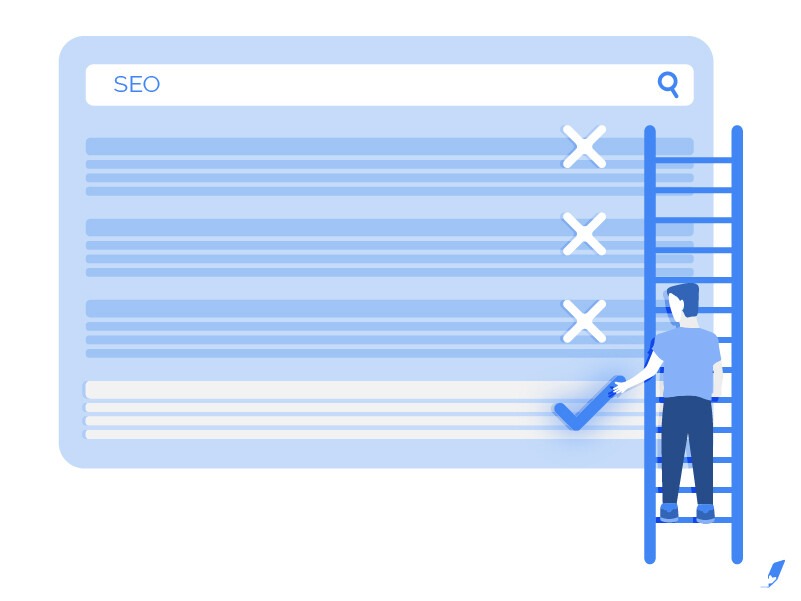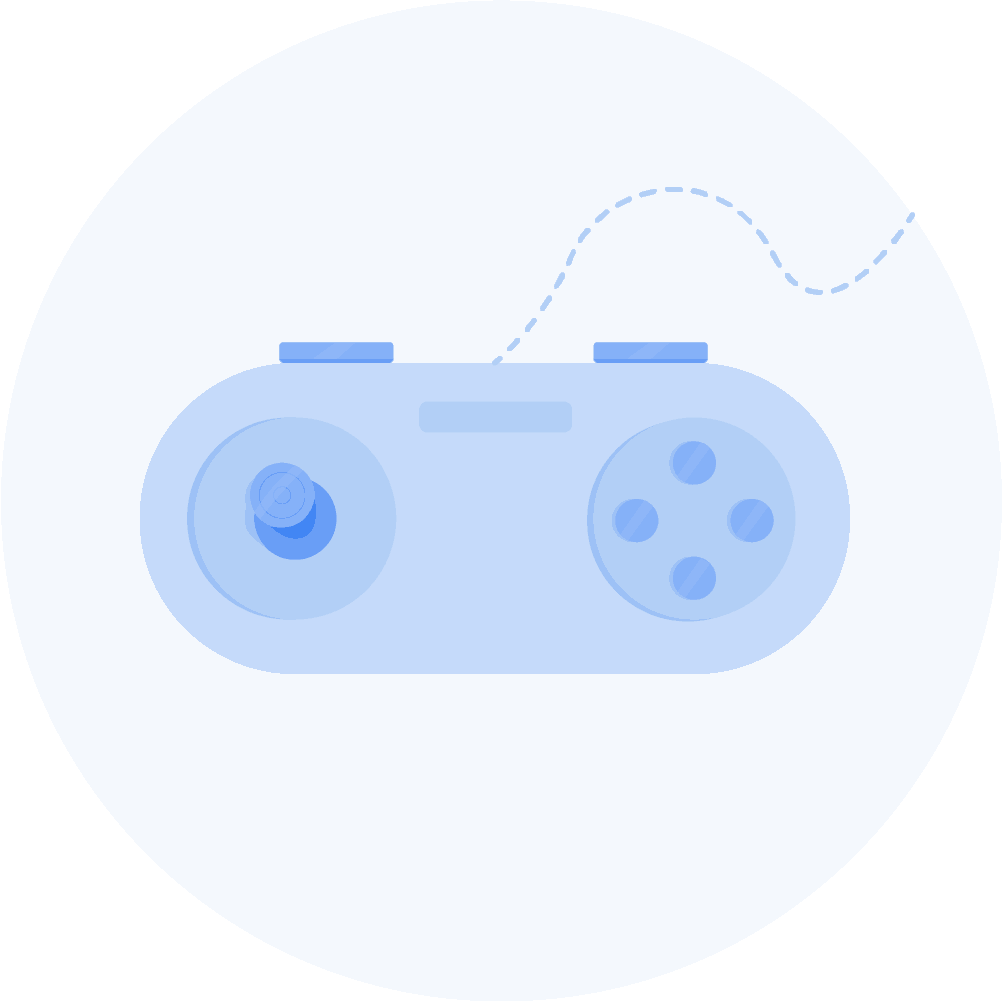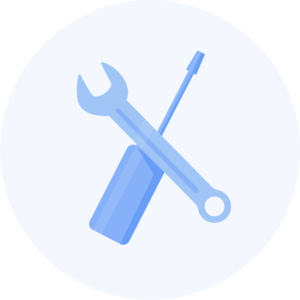SEO and user experience
Relationship between both and importance for ranking
To improve the user experience, you must ensure that people do not immediately return to Google after clicking on your website; you will have to increase the CTR of your content; take care of the loading speed and optimize the usability of your pages.
SEO and user experience: the perfect combination to position a website in Google
- What is user experience in SEO?
- How to optimize the user experience to improve SEO?
- How does Google know if the user experience is good on your website?
- What is dwell time in SEO and how to increase it?
- What is pogo-sticking and how to improve user satisfaction?
- How to reduce bounce rate?
- How to improve the CTR of your content?
- Why loading speed is important in user experience?
- How to improve the usability of your website?
What is user experience in SEO?
The user experience in SEO has to do with the set of sensations that a person has when they enter your website.
Did she feel satisfied after visiting your portal?
Did you enjoy the stay?
Did you get what you wanted?
Did you answer their questions and solve their problems?
Throughout this guide on how to make content for SEO we have talked about the importance of user experience.
Your task is to ensure that the website of your brand or company makes each person who reaches it feel good.
The average consumer should understand how to use your pages with ease.
If you want to go further, seek to delight.
With this you will ensure that the user does not have to return to Google to continue investigating and, therefore, the search engine will know that yours is a valuable website that responds effectively to users.
How to optimize the user experience to improve SEO?
Use the magic of design.
Building a great website is an art. If you can count on a graphic team behind you, you will be able to create visually attractive, pleasant and irresistible pages.
In addition, you must create content that satisfies your potential customers so that, once they find you, they do not have to return to Google.
In addition to this, you will have to increase the CTR of your content, increase the loading speed of your pages and improve the usability of each corner of your site.
You will learn how to do all of that in this article.
For now, keep in mind that working on the user experience will not only allow you to opt for better positions on the Google results page, but it will also make your texts, videos or podcasts shared through social networks for more. and more people.
If they enjoy being on your website, they will want to tell someone about it.
How does Google know if the user experience is good on your website?
As we explained in our article on how Google ranks a web page :
Google lives by collecting information, says Rand Fishkin. And it does so from many sources. Its algorithm uses everything that users provide: visits, traffic, behavior patterns.
In this sense, there are some key metrics:
-Average time that users remain in the portal before returning to Google ( dwell time ).
-Level of user satisfaction ( pogo-sticking ).
-Percentage of abandonment among all the visits you receive.
-The loading speed of your pages.
Next, we are going to evaluate each one of them and how you can do to improve them.
What is dwell time in SEO and how to increase it?
Dwell time is the number of minutes a user spends on your website before returning to the Google results page.
If after clicking on your page a person stays there for several minutes, it means that they have found the answer to their question or the solution to their problem.
Otherwise, if you quickly go back to Google, it means that the user experience was not the best.
To increase the minutes that the average person spends on your website, you must create pieces of content that entertain and satisfy the need of your audience.
In addition to this, if you want to increase the residence time, follow the following tips:
-Build extensive guides, make attractive infographics, upload captivating photos or videos.
-Answer all the questions of your users.
-Provides free tools that can only be used within your website.
These actions will increase the time that users spend on your pages and therefore Google will consider your website to be a valuable place on the Internet.
Let’s also remember that covering a topic in depth is one of the most important positioning factors for search engines.
What is pogo-sticking in SEO and how to improve user satisfaction?
In our article on how Google ranks a web page , we also explain that pogo-sticking is one of the methods used by Google to determine if its search engine is really doing a good job of ranking websites.
The term refers to the action a user takes when a page does not provide the information they are looking for.
What most people do is go back to the Google results page to click on another page.

In the same text we mentioned above, we wrote how pogo-sticking works:
Google notices that the first result it is posting for a certain term is not satisfying the needs of the users (that is, they enter and immediately back out).
Due to this, the search engine makes the decision to lower the ranking of that website.
If your site has a lot of pogo-sticking, it will greatly impact your rankings.
Why?
Because it means you are not providing the information that people are looking for.
Therefore, Google will penalize you.
That is why it is not only enough to position yourself well, but the real challenge is to stay on top.
How to achieve it?
Satisfying the needs of your users once they arrive at your website.
How to reduce bounce rate?
Marian Piñango , in her article on SEO statistics , explains that the bounce rate is the percentage of users who enter one of your pages and, without consulting anything else within your site, then leave the portal.
Therefore, the bounce rate measures the number of users who did not browse your website.
So that people do not leave your site without first having gone through other pages, you must add links that go to content that you have written and calls to action that invite people to go to other sections of your website .
The bounce rate is not a ranking factor as such, but it is closely related to the SEO world as described in the two previous points.
How to improve the CTR of your content?
As we also explained in the article on SEO statistics , the CTR is the percentage of clicks that your website receives with respect to the number of times that one of your pages is seen in Google results.
In Spanish, the CTR is the number with which it is measured if your pages are doing well or not.

Why?
Because if you have a good CTR it means that people are finding your page titles attractive.
Therefore, Google will reward you by raising your position on its results page.
Impressions : represent the number of times one of your content appears on the Google results page.
Clicks – symbolize the number of times people click on your link on the Google results page.
In previous posts, we have explained that the best way to improve the CTR of your pages is to differentiate yourself thanks to the SEO titles and meta descriptions that you use .
Create title tags and meta tags that catch the attention of your potential customers and thus get them to enter your website and ignore the other results.
Why loading speed is important in user experience?
Your site must load quickly.
This is extremely important.
As we explain in our SEO On Page article :
The loading speed is a fundamental factor because, precisely, it is the main reason why people would leave your page.
Or rather, it is the number one reason why they would never get in.
According to Kissmetrics, 1 second delay in load time results in a 7% loss in conversions.
On the other hand, on mobile, if you reduce the load time by 1 second, your conversion rate could increase by 27%.
How to improve the loading speed of your website?
With Page Speed or Test My Site you can see how your website is doing in this regard and there you will find the necessary tips to make your pages load faster.
So you don’t get tangled up, ask a webmaster for help.
How to improve the usability of your website?
Make your website easy to understand.
Avoid complications and take advantage of conventions.
Make navigation intuitive, so that every user knows what they have to do to correctly consume the content.
Also, your pages have to be read comfortably on any device.
If this does not happen, when someone enters them from a mobile device or a tablet, they will leave your website and return to Google to click on another result.
This will have a negative impact on your positioning, due to what was mentioned in previous points.

Juan Sanoja
Graduated in Social Communication magna cum laude from the Central University of Venezuela. I like to find the why behind things. The best way to understand a subject is by explaining it. SEO Consultant at Pencil Speech.







